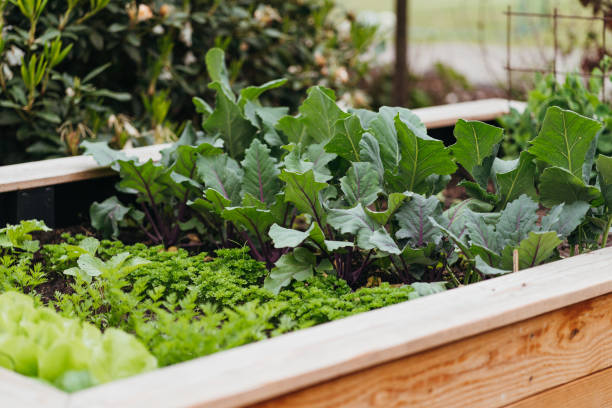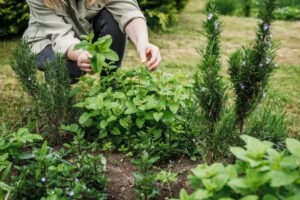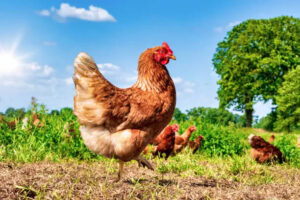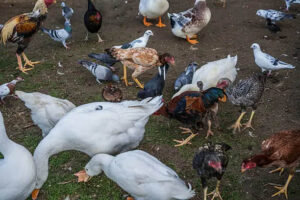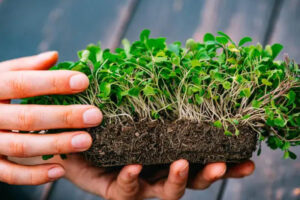Raised bed gardening is a popular method of gardening that involves planting in a contained area that is raised above the ground. This type of gardening offers several benefits over traditional in-ground gardening. In this article, we’ll take a closer look at raised bed gardening and discuss some of its advantages.
One of the biggest advantages of raised bed gardening is that it allows for better soil control. When using raised beds, gardeners can fill them with a custom soil mix that is specifically designed for their plants. This is particularly beneficial for gardeners who live in areas with poor soil quality. Additionally, raised beds allow for better drainage, which can help prevent root rot and other plant diseases.
Another advantage of raised bed gardening is that it makes it easier to control weeds. Because the soil is contained within the raised bed, gardeners can more easily identify and remove any weeds that sprout up. Additionally, the raised height of the bed makes it easier to access the plants, reducing the need for bending and kneeling.
Raised bed gardening can also be a great option for gardeners with physical limitations, such as those who use wheelchairs or have difficulty kneeling. The raised height of the beds can make it easier for these gardeners to tend to their plants without the need for bending or kneeling.
When it comes to choosing materials for your raised bed garden, there are several options to consider. Wood is a popular choice, as it is easy to work with and can be customized to fit your space. Other materials that can be used for raised beds include bricks, concrete blocks, and galvanized metal.
Raised bed gardening is a popular and effective method of gardening that offers several benefits over traditional in-ground gardening. With better soil control, weed management, and accessibility, it’s no wonder why so many gardeners are turning to raised beds for their gardening needs.

Step-by-Step Guide to Building Your Own Raised Bed Garden
Building a raised bed garden is a straightforward process that requires a few materials and some basic tools. In this article, we will provide you with a step-by-step guide on how to build your own raised bed garden.
Step 1: Choose the location and size of your raised bed garden
Select an area in your yard that receives at least 6 hours of sunlight a day and has good drainage. The size of your raised bed garden will depend on the available space and the amount of plants you want to grow. A standard size for a raised bed garden is 4 feet by 8 feet and 6 inches deep.
Step 2: Gather materials
You will need the following materials to build your raised bed garden:
- Wood boards (cedar or redwood are popular choices)
- Screws or nails
- Gardening fabric or weed barrier
- Soil
Step 3: Build the frame
Cut the wood boards to the desired length and width of your raised bed garden. Once you have all the boards cut to size, assemble the frame by screwing or nailing the boards together at the corners.
Step 4: Add the weed barrier
Lay the gardening fabric or weed barrier inside the raised bed garden frame. This will prevent weeds and grass from growing up through the soil.
Step 5: Fill the bed with soil
Fill the raised bed garden with soil, leaving about 1-2 inches of space at the top. You can purchase a premixed soil or create your own by mixing topsoil, compost, and other organic matter.
Step 6: Plant your garden
Once your raised bed garden is filled with soil, it’s time to plant your garden! Depending on the time of year and your location, choose the appropriate plants, herbs, or vegetables that will grow well in your area.
Building a raised bed garden is a simple and rewarding process that can be completed in a few easy steps. By choosing the right location, size, materials, and soil, you can create a controlled environment that promotes healthy plant growth and a bountiful harvest. Happy gardening!

